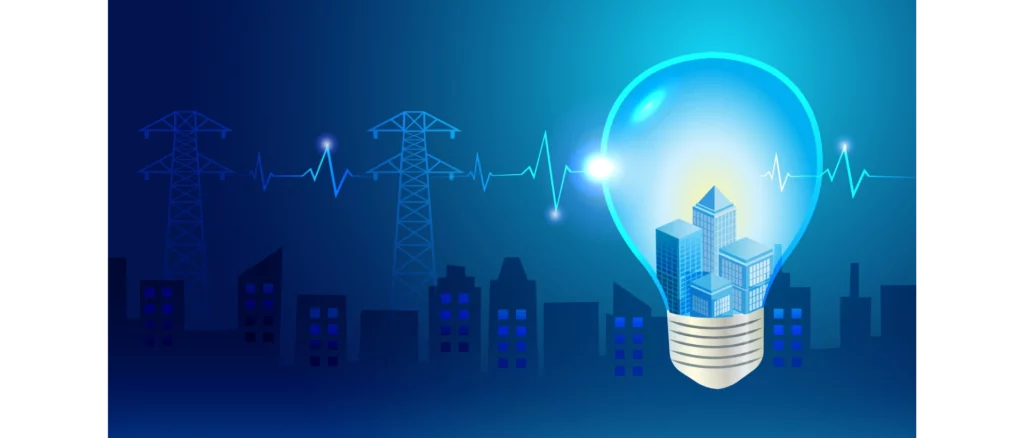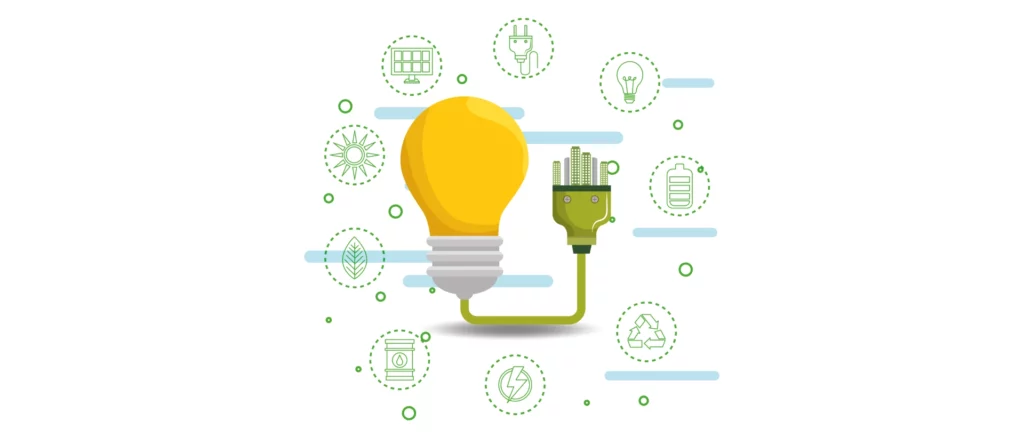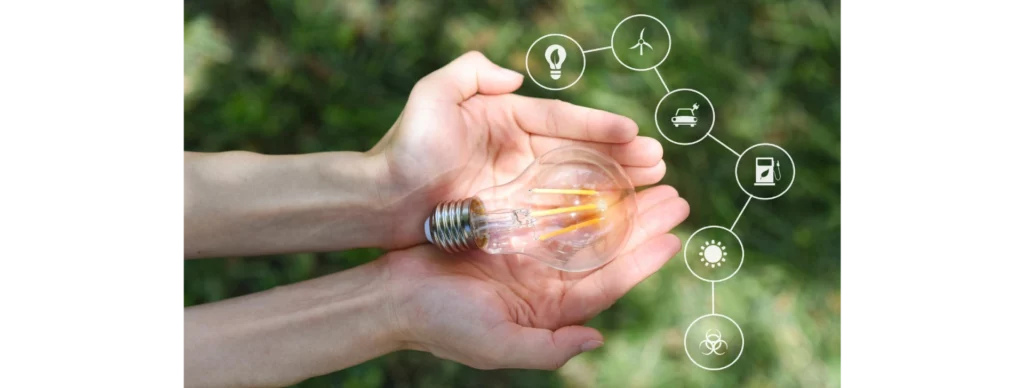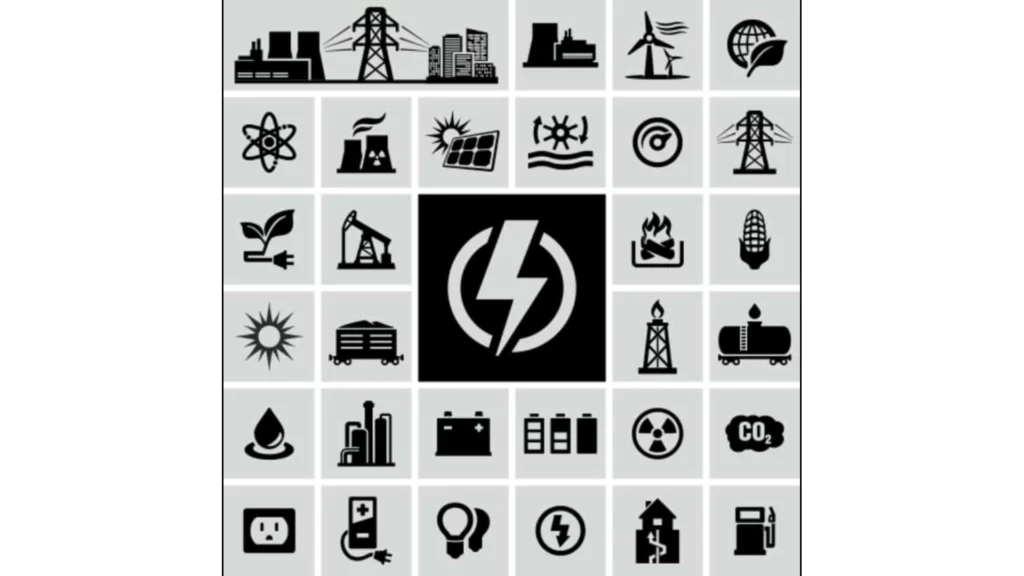Electric power efficiency can be measured by dividing the electrical energy produced by the fuel used.
The power cycle generates most waste heat, which goes into exhaust gases and cooling water. The water vapor is released in cooling towers.
It is a cloudy white liquid. This waste heat is one of the biggest factors contributing to the overall electric power efficiency.
Here are a few ways to improve electric power efficiency. These include switching to alternative fuel sources, increasing energy efficiency, and replacing fossil fuels with clean energy.
What is Electric Power Efficiency?
Electrical equipment has a set efficiency but can't achieve 100% due to system losses, distortions, and poor power quality.
This leads to excess heat, inefficient operation, and potential equipment damage, increasing costs and reducing capacity.
Market failures impede energy efficiency adoption. Consumers may opt for gasoline cars due to non-energy factors like the lack of charging infrastructure.
Accurate energy cost information is vital to address this issue. Economic theory overlooks these factors, resulting in a lack of energy efficiency.

How Electric Power Efficiency Works
Electric power efficiency is the ratio of useful output power to input power in an electrical system.
It's important in engineering and technology to maximize energy use and minimize waste.
Understanding electric power efficiency is vital for designing energy-efficient devices and systems. Here are the key components and principles.
- Input Power (P_input) Input power is the electrical power supplied to a device or system, measured in watts (W), to operate the equipment. It comes from sources like power plants, batteries, or generators.
- Output Power (P_output) Output power is the energy delivered by a device or system to perform its function. It can be mechanical work, heat, light, or any other intended output. It is measured in watts (W).
- Efficiency (η) Electric power efficiency is measured as output power divided by input power, expressed as a percentage or decimal. Higher efficiency means more input power becomes useful work, while lower efficiency means more energy is wasted.
- Energy Loss Electrical systems have losses from factors like resistance, friction, heat, radiation, and component inefficiencies. These energy losses waste heat and reduce efficiency.

5 Factors Affecting Electric Power Efficiency
Several factors influence electric power efficiency, and understanding them is crucial for devising effective strategies to optimize energy consumption. Here are the key factors:
1. Technology and Equipment
The choice of power generation technology and electrical equipment can greatly impact efficiency. Advancements in technology, such as combined cycle gas turbines and solar photovoltaic cells, offer higher efficiency compared to older, less efficient technologies.
2. Load Management
Effective load management involves distributing the electricity demand evenly and intelligently. By implementing demand-side management strategies and utilizing energy storage systems, peaks in electricity demand can be reduced, leading to higher efficiency.
3. Power Factor
Power factor measures the efficiency of power usage in AC circuits. A low power factor indicates reactive power flow, leading to increased transmission losses. Improving power factor through power factor correction techniques can minimize these losses.
4. Electrical Grid Upgrades
Investing in grid modernization and upgrading aging infrastructure can minimize transmission and distribution losses. Advanced monitoring systems and smart grid technologies help detect and address inefficiencies in real-time.
5. Energy Conservation and Auditing
Promoting energy conservation practices and conducting regular energy audits can help identify areas of improvement. By optimizing equipment and processes, unnecessary energy consumption can be curtailed.

7 Strategies to Improve Electric Power Efficiency
Power efficiency is crucial for sustainable energy and reducing environmental impact.
Strategies to enhance efficiency can be implemented in power generation, distribution, and consumption processes.
1. Embrace Renewable Energy Sources: Renewable energy sources (solar, wind, hydro, geothermal) enhance efficiency, cut emissions, and provide sustainable alternatives to fossil fuels, utilizing natural energy flows with minimal losses.
2. Implement Advanced Power Generation Technologies: Investing in advanced power generation tech can improve efficiency. Options like gas turbines and nuclear reactors offer higher energy conversion and lower emissions. Ongoing research can optimize power generation and enhance overall efficiency.
3. Upgrade and Modernize Grid Infrastructure: Upgrading grid systems with modern equipment and technologies reduces energy losses during electricity delivery. Smart grids with real-time monitoring optimize energy flow, increasing overall power system efficiency.
4. Promote Energy-Efficient Appliances and Electronics: Encouraging energy-efficient appliances and electronics reduces power consumption. Labels like Energy Star help make sustainable choices. Switching to energy-efficient lighting, appliances, and HVAC systems saves energy and improves efficiency.
5. Optimize Industrial Processes: Efficient processes, technologies, and machinery save industries energy, enhancing power efficiency. Energy management systems and optimized production processes are key for significant savings in industrial operations.
6. Implement Energy Conservation Measures: Encouraging energy conservation is crucial for better power efficiency. Actions such as turning off lights and equipment, implementing energy-saving policies, and promoting public awareness can reduce power consumption and improve efficiency.
7. Invest in Energy Storage Solutions: Energy storage technologies, such as batteries and pumped hydro storage, optimize power supply by storing excess energy during low demand and releasing it when demand is high. This reduces waste and improves power efficiency.
Check out our post for one of the best energy-saving devices Pro Power Save Review

Where to Find Electric Power Efficiency Solutions
For electric power efficiency solutions, reliable resources and organizations offer guidance and support.
They provide information and research to optimize energy consumption and promote sustainable practices. Consider these notable places to explore:
- US Department of Energy (DOE) – Office of Energy Efficiency & Renewable Energy (EERE): DOE's EERE division offers info on energy efficiency and renewable energy. Their website provides research, reports, funding, and guidance for sectors to improve energy efficiency.
- International Energy Agency (IEA): The IEA analyzes global energy policies and technologies, offering valuable recommendations to improve electric power efficiency worldwide.
- The American Council for an Energy-Efficient Economy (ACEEE): ACEEE is a respected nonprofit that promotes energy efficiency through research and advocacy. They provide publications and resources to guide policymakers, businesses, and consumers in adopting energy-efficient practices and technologies.
- National Renewable Energy Laboratory (NREL): NREL is the top US lab for renewable energy research. They offer insights and solutions in renewable energy integration and storage, useful for enhancing electric power efficiency.
- Local Utility Companies: Utility companies promote energy efficiency via programs like audits, rebates, and incentives. Customers can contact providers for info on programs, tips, and upgrade incentives.
- Energy Efficiency Consultants: Hiring energy efficiency consultants benefits businesses. They conduct audits, find improvement areas, and recommend solutions for energy efficiency. These professionals help organizations with energy-saving technologies.
Conclusion
Improving electric power efficiency is not just a matter of technical advancements; it's a responsibility we all share in creating a sustainable future.
As I reflect on the wealth of knowledge about electric power efficiency and its potential impact on our environment and economy, I'm reminded of the importance of making conscious choices in our energy consumption.
In our everyday lives, we can take simple steps to reduce energy waste, such as turning off lights when not needed or choosing energy-efficient appliances.
These seemingly small actions, when multiplied across households and businesses, can lead to significant energy savings and a positive impact on the planet.
Sources:

